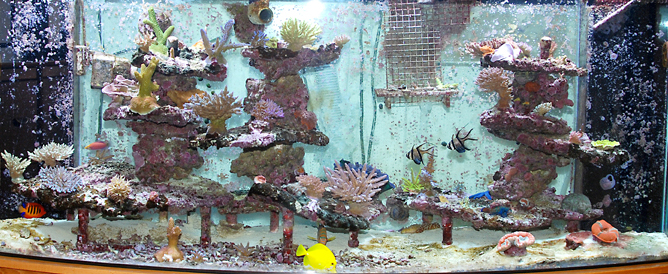Randy Holmes-Farley
Reef Chemist
View Badges
Staff member
Super Moderator
Excellence Award
Expert Contributor
Article Contributor
R2R Research
My Tank Thread
- Joined
- Sep 5, 2014
- Messages
- 67,421
- Reaction score
- 63,783
This is interesting. May be unrelated but I wonder if this is what I'm seeing when I switched over to AFR. I was originally dosing ESV 2 part and came across the AFR recipe. I thought it looked fun to make so wanted to try it out. Love the stuff. Anyway using the 2 part I was able to keep my ALK pretty steady at 8.1 - 8.3. After switching and starting the initial dose using TM's calculator my ALK dropped steadily every couple days. I increased AFR and then it started to climb so I backed it off. Started to drop again so I started to dose 2 - 3 ml of alk daily over 24 hours. Now it seems to be a bit more back to normal.
So in my case similar to what you said by using another product to keep alk steady in my case. It very well could be that I do not have ARF at the proper dose yet. Is at least my guess.
I'm still skeptical of the whole idea that alk won't rise with overdose, and that formate accumulates substantially, but if true, it really seems to make this product less easy to figure out and control dosing than any ordinary alkalinity maintenance method.
I certainly agree that any balanced product used to boost alkalinity will also raise calcium. CaCO3/CO2 reactors, limewater/kalkwasser, two parts when both are used, and All for Reef. They will all will boost calcium by about 6-7 ppm of calcium for each 1.0 dKH of alkalinity, but that is typically not a concern if the goal is to boost alkalinity by a few dKH.
The relative math does mean that none of these methods are good for boosting calcium since alkalinity will generally get too high, and hence the need to use calcium chloride or just the calcium part of a two part for that purpose.


















